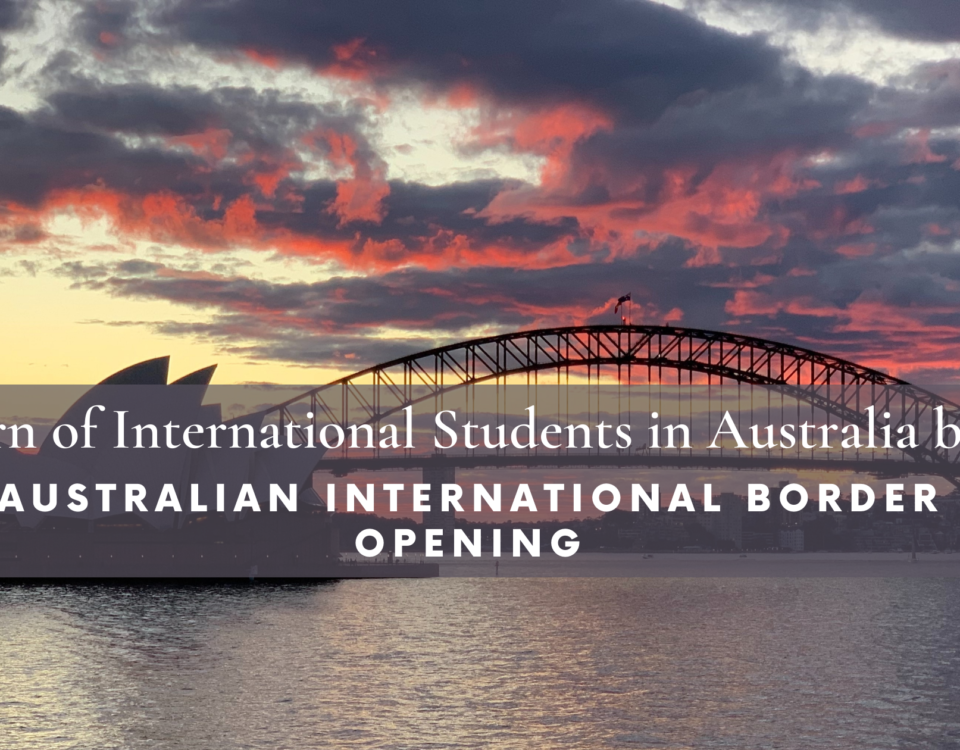BRIDGING VISAS SIMPLIFIED.

What is a bridging visa?
As the name suggests this visa is granted while you’re waiting for an application to be processed (or approval of another visa). It justifies your right to stay in Australia till you get an outcome for the other visa. This visa is also provides you a lawful status while you make arrangements to depart from Australia.
What are the different types of Bridging Visas and what do they mean?
1. Bridging Visa A (BVA)
When you are on a substantive visa (any other visa except for bridging, criminal justice or an enforcement visa) and you apply for another substantive visa (for example student 573 visa to graduate temporary 485 visa). You will be granted with a Bridging Visa A which will provide you with a lawful status while you stay in Australia and your application gets processed.
Travel Rights:
1. This visa does not give you any travel rights, so if you want to leave the country (while on BVA) you will have to apply for a Bridging Visa B (explained below), to avoid getting your BVA cancelled.
2. In case you travel on your current valid (unexpired) substantive visa after lodging another substantive visa application, the Bridging Visa A will be cancelled once you leave the country.Once you come back to the country, you will have to apply to get your BVA restored and if that doesn’t happen before your current substantive visa expires, you will be considered unlawful.
Expert Tip: it is always recommended that you apply for a bridging visa B when you travel, this is a safe way and reduces the risk of your visa being revoked.
Work Rights:
Typically, the BVA doesn’t give you any work rights however there are some exceptions to this rule. They are as follows:
1. You can apply for another BVA that has no work restrictions and for this to result in a positive outcome you may need to show/prove that you are suffering from financial hardships.
2. If you are applying for an onshore partner visa (sc 820), the
3. If you are nominated or sponsored by an employer on the basis of your skills (visas such as 186, 485 etc.), then work rights are positively granted.
4. If you have applied for an onshore partner visa (subclass 820 or 801), then also work rights are positively granted.
2. Bridging Visa B
In case you want to travel outside of Australia while you are on BVA (bridging visa A), you will need to apply for BVB (bridging visa B) to avoid getting your BVA cancelled.
Please Note: BVA and BVB can be held at the same time.
Other important factors to consider are:
1. The typical duration of this visa is 3 months, hence you will need to be onshore (back in Australia) within 3 months of your departure date.
2. The application process is straightforward- you fill out a simple form and lodge it with the Department of Immigration. They will notify you about the outcome within a few days.
Expert tip: As the duration of this visa is only 3 months and this time is counted from the very day BVB is granted, it is recommended that you apply for it only 2-3 weeks before your travel date.
3. Bridging Visa C
In case you breach any conditions or are by any means an unlawful non-citizen but you have applied for a substantive visa,you will be granted a BVC (bridging visa C). Generally this happens if you have overstayed your visa.
Travel Rights
This visa does not give you any travel rights. Which means if you travel outside of Australia while on BVC, you will be breaking the law and would not be allowed back in Australia. However under extenuating circumstances (if you absolutely have to leave), you will have to contact your case officer.
Work Rights
Typically BVC does not offer any work rights, unless you can either prove that you are going through financial hardships or the substantive visa you have applied for comes under Skill Select. Following are the various skillselect visas which make you eligible for work rights:
1. Business Innovation and Investment (Permanent) visa (subclass 888)
2.Skilled – Regional (Provisional) visa (subclass 489).
3. Skilled – Nominated visa (subclass 190)
4. Skilled – Independent visa (subclass 189)
5. Business Innovation and Investment (Provisional) visa (subclass 188)
6. Regional Sponsored Migration Scheme visa (subclass 187)
7. Employer Nomination Scheme visa (subclass 186)
8. Business Talent visa (subclass 132)
4. Bridging Visa D
In the event that your substantive visa gets expired while you are in Australia, a BVD (bridging visa D) allows you to lawfully stay in Australia until:
– You make a new substantive visa application or,
You make arrangements to leave the country or,
– You are granted a Bridging Visa E.
Other important factors to consider are:
- This visa only lasts for 5 days. It can last you for either 5 days after your substantive visa has ended or till you are granted a Bridging Visa E (BVE needs to be granted within those 5 days).
- It is recommended that the applicant must either apply for a new substantive visa or make arrangements to leave Australia, within those 5 days.
Travel Rights
Re-entering Australia on this visa is not allowed and no travel rights are granted.
Work Rights
No work rights are granted on this visa whatsoever. If you do happen to work while on BVD, you will be considered unlawful and your visa will be cancelled.
5. Bridging Visa E
In case your substantive visa has expired while you are onshore, this visa allows you to stay in Australia while you make arrangements to leave the country.
Travel Rights:
Once you leave Australia, this visa gets revoked. Hence you can’t return on this visa. The only way to return to Australia is by getting another substantive visa (or if you have already applied for another substantive visa, you will have to wait offshore till it gets granted).
Work Rights
Once you receive a grant letter (the document which states the outcome of your visa), it will mention if you are allowed to work or not. If you are working while you are not permitted to do so, you will be considered unlawful and the department of immigration may cancel your BVE and/or detain you or even deport you from Australia.
NOTE: This update or any previous updates on our website do not constitute “legal advice”. It’s advisable to call our office on +61 28815 58135 to seek professional advice from our MARA registered lawyers before acting on any information provided on this page.
HAVE QUESTIONS?
Our MARA registered immigration agents understand how stressful the migration process can be. Unlike most other migration law firms, our lawyer actually explain every step of the process in a no-jargon manner. In addition to this, we provide constant on call support. Contact us on hello@pathmigration.com for a Free Assessment and advice on your options for migrating to Australia.
OR
We are always happy to help! ?
NOTE: The information provided in this blog can not be construed as “legal advice”. You should not act based on the information provided here without consulting a registered MARA agent. Migration law is complex and changes very frequently, while we ensure our content is accurate, we can not vouch for how concurrent it is. To clarify any of your doubts call us on +61 2 8815 8135



